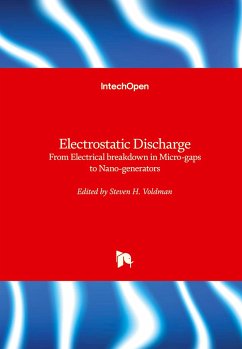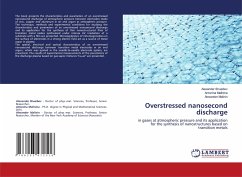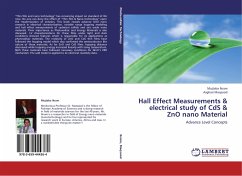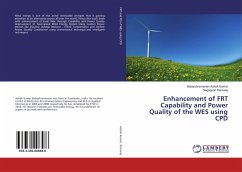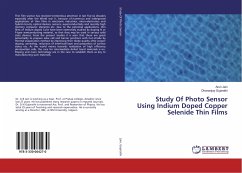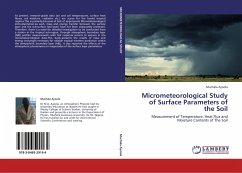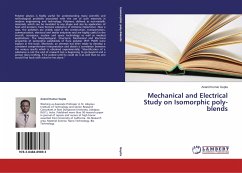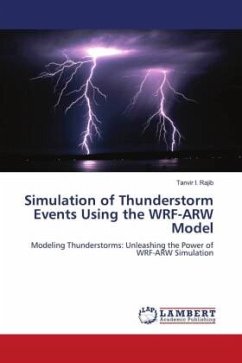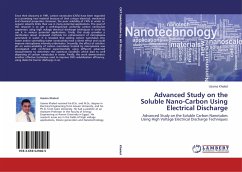
Advanced Study on the Soluble Nano-Carbon Using Electrical Discharge
Advanced Study on the Soluble Carbon Nanotubes Using High Voltage Electrical Discharge Techniques
Versandkostenfrei!
Versandfertig in 6-10 Tagen
47,99 €
inkl. MwSt.

PAYBACK Punkte
24 °P sammeln!
Since their discovery in 1991, carbon nanotubes (CNTs) have been regarded as a promising new material because of their unique electrical, mechanical and chemical properties. However, the poor solubility of CNTs in water or organic solvents limits their use in many potential applications. The goal of this research is to get a well-dispearsed uniformly carbon nanotubes suspension using high voltage electrical discharge techniques in order to use it in various potential applications. Firstly, this study provides a clarification about proposed methods for enhancement of microplasma generated in wa...
Since their discovery in 1991, carbon nanotubes (CNTs) have been regarded as a promising new material because of their unique electrical, mechanical and chemical properties. However, the poor solubility of CNTs in water or organic solvents limits their use in many potential applications. The goal of this research is to get a well-dispearsed uniformly carbon nanotubes suspension using high voltage electrical discharge techniques in order to use it in various potential applications. Firstly, this study provides a clarification about proposed methods for enhancement of microplasma generated in water. It is revealed that adding carbon nanotubes into water and/or controlling water conductivity have a direct effect and could improve microplasma intensity underwater. Secondly, the effect of solution pH on water-solubility of carbon nanotubes treated by microplasma was investigated and confirmed experimentally using different advanced measurements to determine the optimum condition whichlead to well dispersing of carbon nanotubes in water. Finally, this work demonstrates another effective technique used to improve CNTs solubilization efficiency, using dielectric barrier discharge in air.





